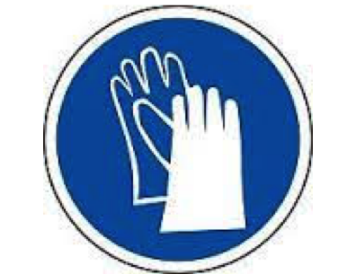Cryoliquids
General information
- Wear clothing that covers arms and legs completely; wear closed-toe safety shoes.
- While filling or transferring liquid gases, wear insulating external page gloves and safety goggles.
- To prevent excessive evaporation of liquid nitrogen, never empty cryogenic vessels with a volume greater than 40 l completely. This measure also prevents the formation of ice in the cryogenic vessels.
- The evaporation of 1 litre of liquid nitrogen produces 700 litres (0.7m3) of nitrogen gas. Cold, gaseous nitrogen (produced during the transition from the liquid to the gaseous phase) is denser than air and displaces oxygen (so there is risk of asphyxiation!).
Transport
- Make use of the correct transport routes: take only freight/cargo lifts or a stairwell (never use lifts where staff and students may be present).
- After the transport, helium dewars must be connected immediately to the helium recovery line.
- Liquid gases must not be transported in private vehicles.
Warning signs
Extreme cold

Frostbite: to be treated like a burn.
Danger of asphyxiation

Leave danger area and alert 888.
Signs
Contacts
D-PHYS
ETH Zurich Safety, Security, Health and Environment
Dr. Ines Raabe
Abt. Sicherheit, Gesundheit, Umw.
Wolfgang-Pauli-Str. 14
8093
Zürich
Switzerland




